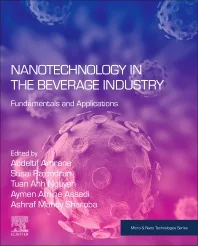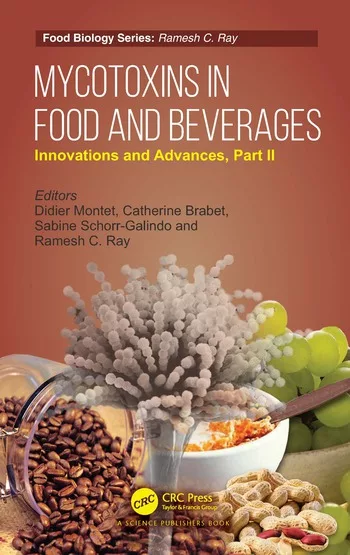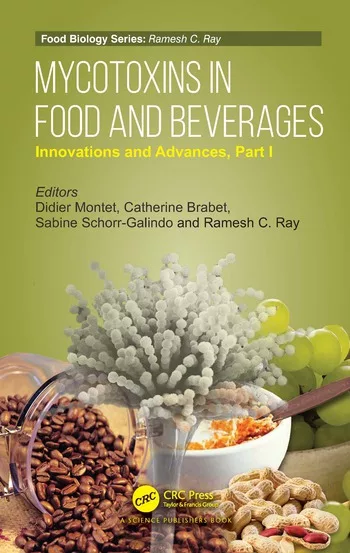Beverage-makers using watermelon year-round
Alcohol beverages increasingly utilizing melon flavor
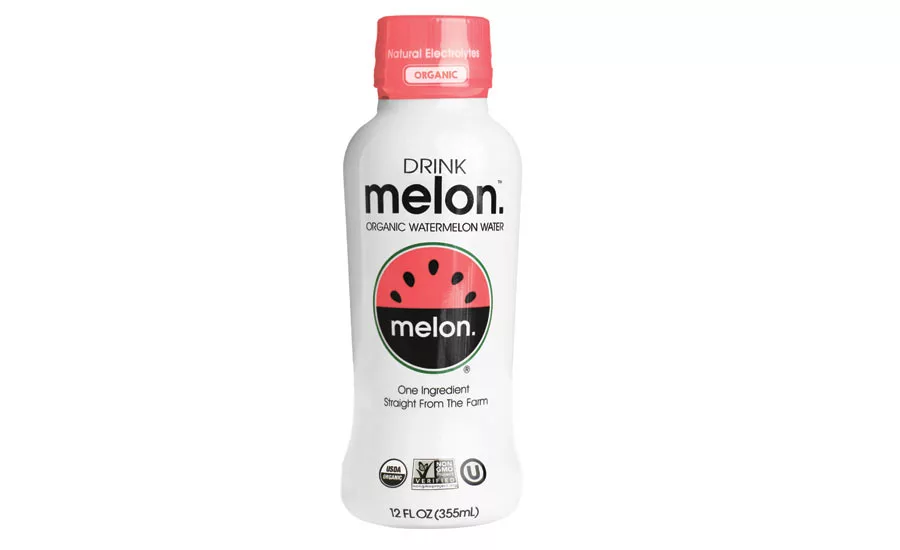
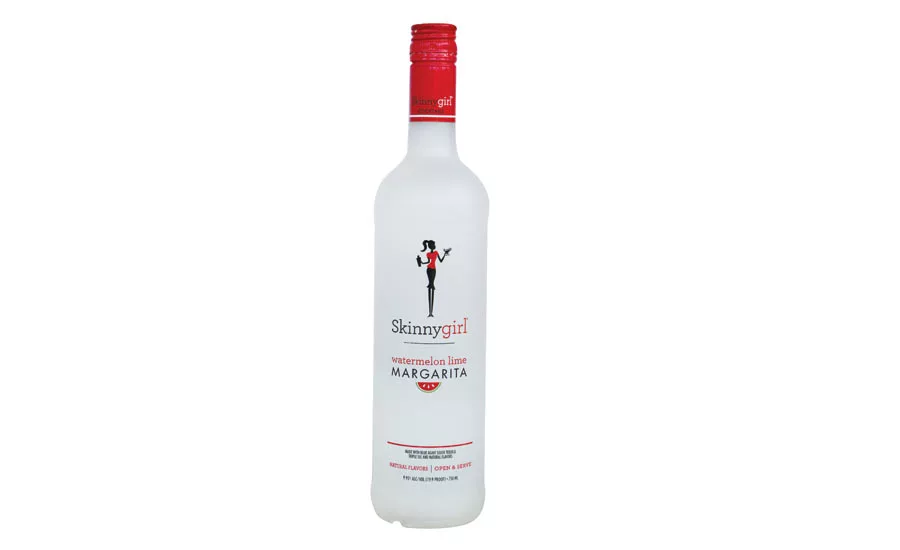
The better-for-you health movement has helped take emerging food and beverage categories from niche to mainstream. As these niche categories become more commonplace, they not only are helping themselves but also are giving a platform to other products, categories and flavors.
“Consumers are seeking to live healthier lives, and they’re looking for options that provide added health benefits without compromising on taste,” says Mukul Juneja, director of product experience marketing for Chicago-based Archer Daniels Midland (ADM). “Coconut water was the breakthrough drink to gain popularity for its hydration benefits while being a refreshing drink that was naturally full of electrolytes. Since coconut water, many other natural sources of electrolytes and hydration such as watermelon water have captured the attention of consumers.
“Watermelon is gaining popularity around the world due to its amazing, refreshing taste,” he continues. “In addition to its great taste, watermelon is also naturally rich in vitamins and minerals that are known for their hydration and antioxidant effects. Watermelon flavors are being used in a wide variety of applications from yogurt to alcoholic drinks.”
Megan Trent, marketing representative for Gold Coast Ingredients (GCI), Commerce, Calif., also notes how watermelon’s association as a refreshing flavor has helped the ingredient proliferate within beverage applications.
“Consumers interested in healthy alternatives have increased their consumption of ‘fresh,’ natural and organic beverages like [ready-to-drink] (RTD) fresh juices, agua frescas and flavored waters with simple and clean ingredients statements,” she says. “Watermelon flavors compliment healthy, fresh-tasting products because watermelon is a refreshing and delicious sweet fruit that is loved by all age groups.”
Taste and application
Although ingredient suppliers note the growth of watermelon within beverages, they also highlight that the flavor has expansive applications.
“Watermelon flavors are popular these days in many food and beverage applications,” ADM’s Juneja says. “Some beverage categories that have seen recent launches with watermelon flavors are juice-based drinks, sparkling beverages, shandies, cocktails and mocktails, malt-based alcoholic drinks, energy drinks, and protein drinks for sports nutrition.”
However, non-alcohol beverages are not the only opportunities for watermelon. Packaged and on-premise alcohol beverages also are seeing benefits from using the melon fruit’s flavor profile.
“Watermelon has become a trending flavor for craft alcoholic beverages,” GCI’s Trent says. “Some of these beverages include watermelon mule, watermelon Margarita, watermelon coolers, watermelon hard lemonade, watermelon sangria, watermelon mojito, watermelon moonshine and even watermelon-flavored beer.”
Nina Jacobson, market research and consumer insights manager of beverage for Beloit, Wis.-based Kerry, highlights that the ingredient supplier views watermelon within alcohol formulations as a top trend.
“At Kerry, we’ve called out watermelon as a key trend on the alcohol watch list of emerging flavors,” she says. “Watermelon is such a versatile flavor and there are many opportunities to mix [it] with spirits. Watermelon can be added to a spirit like vodka to create a flavor-infused liquor that can be used in many cocktails. Additionally, the flavor works well in hard lemonades and hand-crafted mojitos as these beverages tend to be more popular during the summer months where fresh, summer fruits drive consumer interest.”
Angie Lantman, applications manager with Wauconda, Ill.-based Synergy Flavors, also notes the opportunities to incorporate watermelon within alcohol products and highlights different flavor profiles it can offer.
“Candy-like watermelons still play across the alcoholic categories (vodka, malt),” she says. “True-to-fruit watermelons would work best in hard lemonade/hard seltzer water (more premium feel, less alcohol, less sweetener).”
Historically, watermelon has been utilized as a part of sweeter profiles, but that is changing, explains Sue Quach, beverage applications manager for Milwaukee-based Sensient Technologies.
“Much like grape, watermelon-flavored products have traditionally incorporated a sweet, candy-like profile, not at all focused on the subtler, genuine flavor of the fruit,” she says. “But this preference is no longer in-line with consumer trends like lower sugar or authenticity in general. The growth that we have seen in watermelon flavor has tended toward true-to-fruit profiles, which are really new and interesting to the market. The candy-like flavor appeals easily to children, but an authentic profile can engage adults across new categories like alcohol, tea, [and] sports and nutrition products.”
GCI’s Trent explains that the sweeter versus true-to-fruit comparison also can be seen in the non-alcohol market. “At Gold Coast, we regularly see both fresh watermelon flavors and candy watermelon flavors requested,” she says. “Fresh watermelon flavors are typically used more in fresh and/or RTD beverages, while candy watermelon flavors are demanded by the ‘sweet-toothed’ nutraceutical beverage market. Candy watermelon flavors are oftentimes favored for pre- and post-workout beverages.”
Flavor for all seasons
With a harvest season in summer months, watermelon commonly has been associated with seasonal beverage releases. However, as consumers’ interest in watermelon increases, this could change.
“Seasonality will always play an important role as it relates to the utilization of watermelon flavors,” ADM’s Juneja explains. “This is true also for other melons and many other seasonal fruits. As the applications that use watermelon flavors become more diverse, its dependence on [the] summer season becomes less important.”
Sensient’s Quach echoes similar sentiments. “Currently, watermelon hits our shelves during summer, and people love the way it signals a new season,” she says. “That being said, with the addition of herbs like basil, spices like tajin, florals like rose, or even citrus fruits like lime, watermelon opens itself up to new applications and finds favor, much like coconut has done.”
Synergy’s Lantman explains that flavor combinations have helped watermelon break free from being strictly thought of as summer-only refreshment. “[It] used to be [a] summer offering but is being seen more year-round, especially when it’s paired with another flavor,” she says.
Joey Torkelson, beverage mixologist and applications manager for Kerry, also notes the versatility of watermelon in beverage applications. “Watermelon can be very easily paired with a variety of fruits, citrus, herbs and berries,” he says. “As watermelon is sweet by nature, balancing that flavor profile with more mellow fruits like peaches or strawberries can often be seen on menus. We also find that herbaceous flavors like basil, mint or elderflower can pair well with watermelon.
“More recently, we are seeing watermelon being paired with spicy flavors such as the heat of habañero or jalapeño peppers,” Torkelson continues. “In fact, utilizing the new Island Oasis watermelon beverage mix, we were able to develop a spiced watermelon Margarita concept that provides a refreshing fruit-forward cocktail with a light lingering spice.”
Going forward, ingredient suppliers anticipate watermelon use will continue to proliferate. “There is an opportunity for consumers to learn more about the diversity that exists in terms of the types of watermelon,” Juneja says. “For instance, consumers are very familiar with multiple varieties of apples, e.g., Fuji, Granny Smith, Honeycrisp, etc. But, not many people are conversant with specific watermelon varietals such as Crimson (a seedless variety), Jubilee (a large watermelon perfect for a picnic), Sugar Baby (smaller in size) or Yellow Doll (yellow fleshed watermelon). In the future, we may see a much more diverse range in the taste profile of watermelon flavors to help create signature profiles.” BI
Looking for a reprint of this article?
From high-res PDFs to custom plaques, order your copy today!







